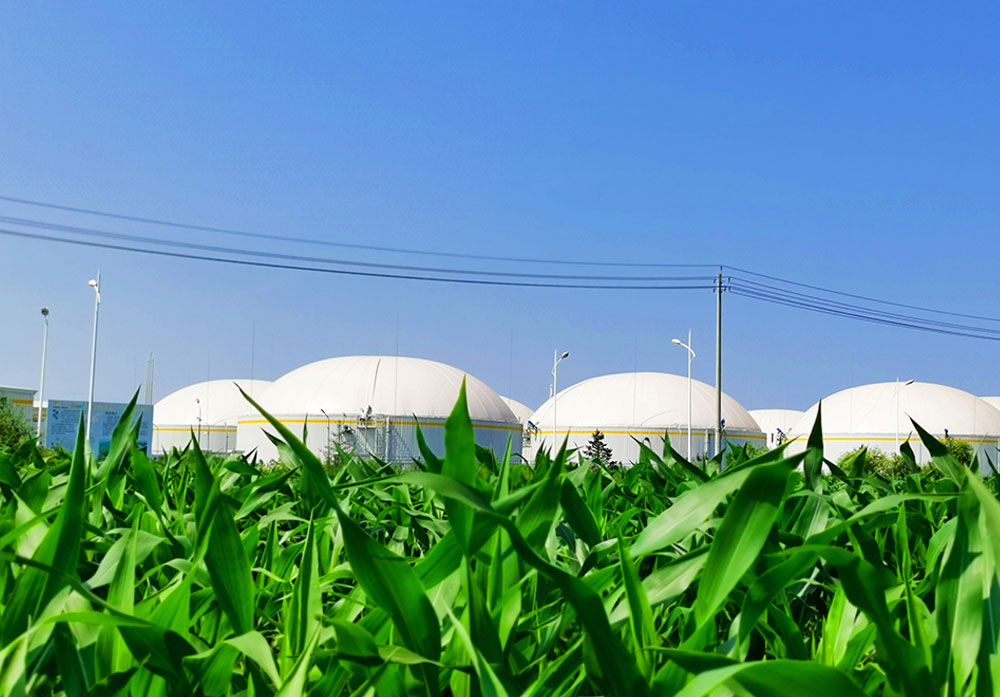- Home
-
Biogas Projects
By Size By Gas Utilization By Application
- Biogas Plant Technology
- Service
- Blog
- Resources
- Company
- Contact


A paddy straw biogas plant, also called napier grass biogas plant is a facility that utilizes straw, a type of agricultural residue, as a feedstock for the production of biogas through anaerobic digestion. Anaerobic digestion is a biological process where microorganisms break down organic matter in the absence of oxygen, producing biogas from rice straw. In the case of napier grass biogas plants, straw is typically shredded or chopped into smaller pieces to increase its surface area and then mixed with water and other organic materials in an anaerobic digester.
Inside the digester, microorganisms decompose the straw and other organic materials, releasing methane and carbon dioxide gases, along with other byproducts such as digestate. The biogas from napier grass produced can be captured, purified, and utilized as a renewable energy source for electricity generation, heating, or as a vehicle fuel with the help of biogas plant manufacturers. The digestate, which is rich in nutrients, can be used as a biofertilizer for soil enrichment.
Straw biogas plants offer several benefits, including the utilization of agricultural residues that would otherwise be disposed of or burned, reduction of greenhouse gas emissions through methane capture, and production of renewable energy and nutrient-rich fertilizer by biogas production from napier grass. However, the efficiency and feasibility of straw biogas plants depend on factors such as feedstock availability, digester technology, and market conditions.
A straw biogas plant in the biogas project processes straw through anaerobic digestion, where microorganisms break down the biomass in an oxygen-free environment, producing biogas. Straw is collected and loaded into anaerobic digesters, where bacteria decompose the material, releasing methane and carbon dioxide. The biogas is captured, purified, and can be used for electricity generation, heating, or vehicle fuel. The leftover material, called digestate, is a nutrient-rich fertilizer that can be used to improve soil fertility. Overall, a paddy straw biogas plant converts agricultural waste into renewable energy, reduces greenhouse gas emissions, and promotes sustainable resource management.
